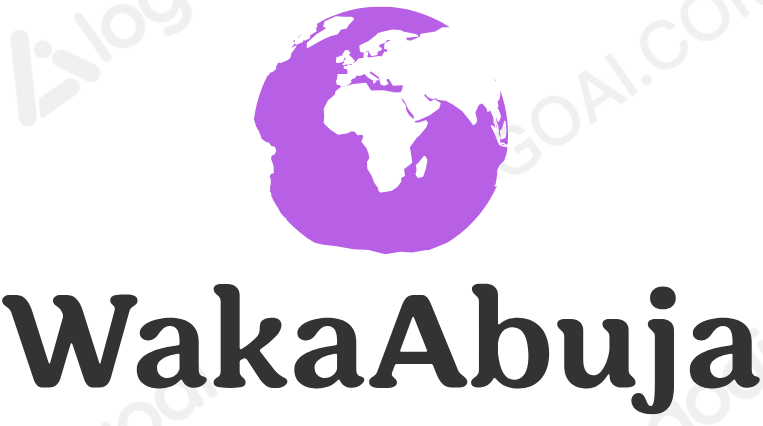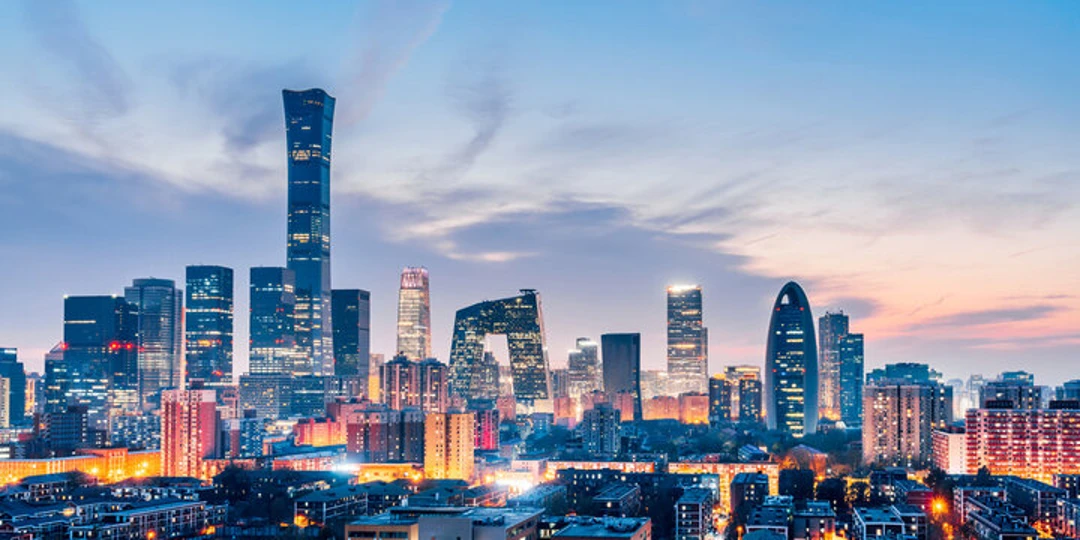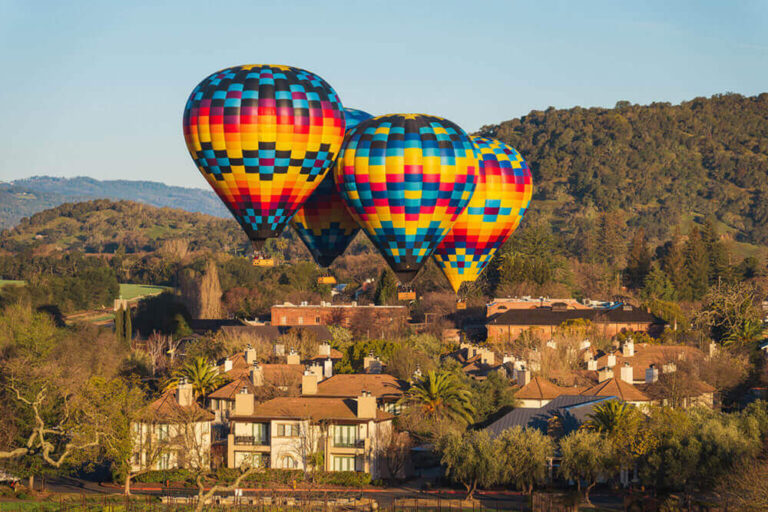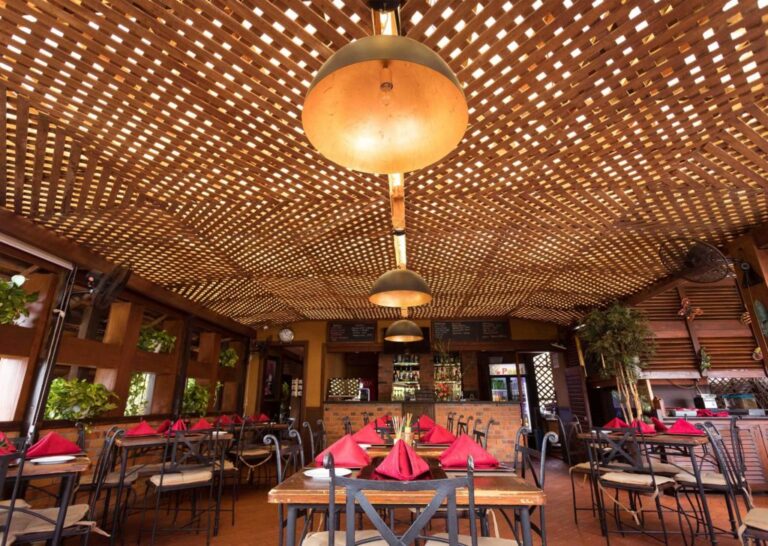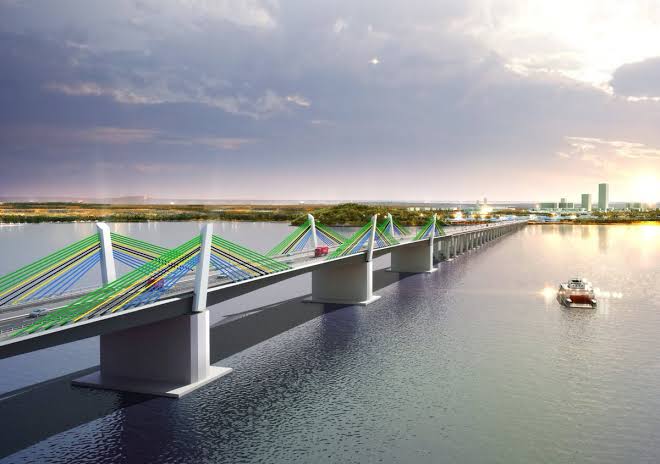Quick Summary
If you’re planning a trip to Beijing, you’re in for a rich tapestry of ancient history, vibrant culture, and modern marvels. In this guide, I share everything you need to know—from must-see landmarks like the Great Wall and Forbidden City to pro tips on navigating the city, suggested budgets, safety advice, and ideal travel times.
Whether it’s your first visit or a return trip, you’ll find insider insights and practical advice to make your Beijing adventure unforgettable.
Why Beijing Should Be Your Next Travel Destination
As someone who’s spent extensive time exploring Beijing, I can confidently say this city effortlessly blends deep historical roots with bustling modern life.
From the majestic imperial palaces to the quirky art districts, Beijing offers a diverse range of experiences that captivate every traveler. Here, history lives and breathes, and the energy of a global metropolis keeps the city constantly evolving.
Top Attractions You Cannot Miss in Beijing
1. The Great Wall of China (Mutianyu or Badaling Sections)
The Great Wall is not just a photo opportunity—it’s an immersive journey into China’s past. I recommend the Mutianyu section for fewer crowds and stunning mountain views. Bring sturdy shoes; some parts are steep, but the panoramic vistas reward the effort.
Hours: 7:30 AM–5:30 PM
Price: 40 CNY (approx. $6) for entrance + cable car fees if used.
2. The Forbidden City (Palace Museum)
Walking through the sprawling courtyards of the Forbidden City feels like stepping back into imperial China. Buy tickets online in advance to avoid lines. Early morning visits help beat the crowds and midday heat.
3. Tiananmen Square
The world’s largest public square is a powerful symbol of China’s history and modern identity. Visit during daylight to appreciate the architecture and museums surrounding it, including the National Museum of China.
4. Summer Palace
Escape the city bustle with a boat ride on Kunming Lake at the Summer Palace. The serene gardens, pagodas, and scenic views make it a peaceful afternoon retreat.
5. Lama Temple (Yonghe Temple)
A fascinating glimpse into Tibetan Buddhism with ornate statues and rich decorations. I found the chanting monks and incense atmosphere particularly memorable.
6. 798 Art District
For modern art lovers, this converted factory area is vibrant with galleries, cafés, and street art. I enjoyed mingling with local artists and sampling coffee in quirky cafes here.
7. Hutong Neighborhoods
Explore Beijing’s traditional alleys on foot or by rickshaw. The Houhai and Nanluoguxiang areas are especially lively, filled with boutique shops, eateries, and bars. I recommend a guided hutong tour for insider stories and hidden gems.
Suggested Length of Stay and How to Plan Your Itinerary
For a comprehensive experience, I suggest spending at least 5 days in Beijing.
- Day 1: Tiananmen Square + Forbidden City
- Day 2: Great Wall (Mutianyu or Badaling)
- Day 3: Summer Palace + Lama Temple
- Day 4: 798 Art District + Hutong exploration
- Day 5: Museums, shopping, or day trip to nearby attractions
This itinerary balances history, culture, and leisure without rushing.
When to Visit Beijing for the Best Experience
Spring (April to June) and autumn (September to October) are the ideal months to visit Beijing. The weather is mild, and skies tend to be clearer. I personally avoid the harsh winter cold and the heavy pollution that sometimes peaks in winter and summer.
Public holidays, especially Chinese New Year and National Day (early October), see huge crowds and higher prices, so plan accordingly.
How to Get to Beijing and Get Around Efficiently
Getting There
Beijing Capital International Airport (PEK) is well connected globally. The newer Daxing International Airport (PKX) also handles many international and domestic flights.
Navigating Beijing
Beijing’s subway is my go-to for fast, affordable, and easy transport. With extensive lines covering most tourist spots, it’s convenient even if you don’t speak Chinese. Download apps like Beijing Subway Guide or use Google Maps (VPN required in China).
Taxis are plentiful but have drivers who may not speak English well. Always have your destination written in Chinese characters. Ride-hailing apps like DiDi are popular but require a Chinese phone number to register.
For a more local feel, try electric scooters or bikes available for rent via mobile apps around the city.
Where to Stay: Neighborhood Recommendations
My favorite neighborhoods for visitors include
- Dongcheng: Near major landmarks like the Forbidden City and Tiananmen Square. Great for cultural exploration.
- Chaoyang: Trendy, international, with lots of dining and nightlife.
- Haidian: Close to universities and tech hubs, quieter with beautiful parks.
- Wangfujing: Perfect for shopping lovers, with a bustling pedestrian street.
Accommodations range from luxury hotels to boutique guesthouses and hostels. Booking early is key during peak seasons.
Typical Costs and Suggested Budget for Beijing Travel
Accommodation
Budget: $15–$40/night (hostels, budget hotels)
Mid-range: $50–$120/night
Luxury: $150+/night
Food
Street food/snacks: $1–$5
Casual restaurants: $5–$15 per meal
Upscale dining: $30+
Transport
Subway rides: $0.30–$1 per trip
Taxi start: ~$1, then $0.30 per km
Great Wall shuttle: ~$7–$15
Safety Tips and Practical Advice
- Keep an eye on your belongings in crowded areas to avoid pickpockets.
- Download translation apps to ease communication barriers.
- Carry cash, as some small shops or street vendors may not accept cards.
- Use bottled water to avoid stomach issues.
- Be mindful of local customs and dress modestly when visiting temples.
Recommended Tours and Experiences
To maximize your time, consider these popular tours I’ve enjoyed:
- Great Wall Hiking Tour (Mutianyu): Includes transport and guide.
- Forbidden City and Tiananmen Guided Tour: Deep dive into history.
- Hutong Bike Tour: Explore traditional neighborhoods by bike.
- Beijing Food Tour: Taste authentic dishes with a local guide.
Emergency Contacts and Helpful Numbers
- Police: 110
- Fire: 119
- Ambulance: 120
- Tourist Police (English-speaking): +86 10 6513 3333
FAQs About Visiting Beijing
- Do I need a visa to visit Beijing?
- Most travelers require a Chinese visa, which must be obtained before arrival. Check with your local Chinese embassy for specific requirements.
- Is it safe to drink tap water?
- No, it’s recommended to drink bottled or filtered water during your stay.
- Can I use my credit card in Beijing?
- Credit cards are accepted in many hotels and large stores but less so in street markets and smaller shops. Always have some cash on hand.
- What language is spoken?
- Mandarin Chinese is the official language. English is spoken in tourist areas but less commonly elsewhere.
- What’s the best way to get from the airport to the city center?
- The Airport Express train is efficient and affordable from Capital Airport. Taxis and ride-hailing apps are also options.
Final Thoughts
Beijing is a city that truly offers something for everyone—whether you’re a history buff, a foodie, or a culture enthusiast. Its unique blend of the old and new creates an unforgettable travel experience. With careful planning and an open mind, your visit to Beijing will be one for the books.
